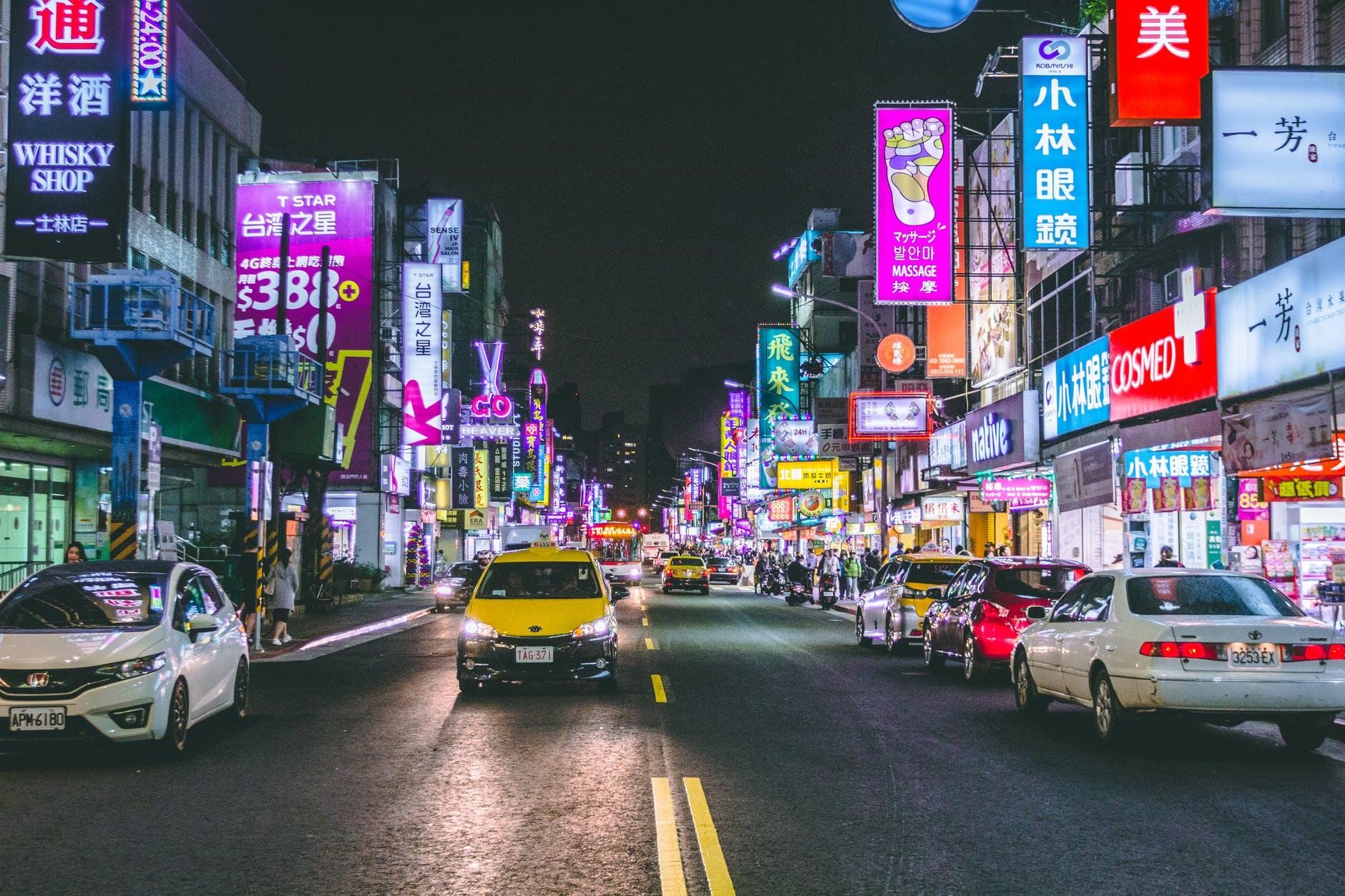Many consumers, who have little time to spend on allocating signs when they are driving or in a hurry, consider signs that are easy to locate and read as useful and practical. Alternatively, if they have more time to read signages, they prefer something more intricate and ornate.
Hence, the fundamental level of usability and aesthetic response are two issues on sign designing. It is not only branding your product but also effectively do marketing. So, how to design signs that meet consumers’ needs and preferences?
Get Drivers’ Attention
Place signs on the road that are visible to drivers and roadway users. Position them within a driver’s line of sight. People tend to expect signs on the right side of the road, so setting the signage there is preferable.
In cluttered backgrounds, make sure that the signs are using colors contrasting the background. Borders may also help in making signs to stand out. If not on crowded areas, at some point, signage should have consistent looks, so they are more noticeable by drivers.
At highway speeds, make sure to be brief and direct on your messages as drivers only have a few seconds to find and read signs. They are along the road at rates of 20-30 meters every second, giving them a hard time to locate your signs and having them read every single detail would waste their time.
Maximizing Legibility
Legibility refers to the quality of distance at which a message can be read. It is determined by letter height, font type, use of upper or lower case, and line spacing. Simple and less fancy fonts have better legibility.
Letters that are fat and short are better too rather than thinner and taller ones. One example of this is the font type called Clearview, which is utilized for traffic signs due to its increased openness. This font can be seen on the highways of Canada and the United States of America, especially in Pennsylvania.
Do not capitalize all letters. Mixed case, a combination of big and small letters, is preferable than plainly using capitals so long as the maximum height of the lower case characters is similar to the height of the upper case letters. Each word will form different shapes, enabling drivers to recognize letters before actually reading them.
The general standard for spacing is between 0.5 to 1 multiplied by the maximum letter height between every line. Providing sufficient space allows every reader to easily distinguish lines from a distance, making messages on the signs to be read.
Lastly, use high contrast between letters and background, rather than low contrast color combinations. For instance, if you have a blue base, you can use white on the texts instead of orange. This would allow the message to read quickly from afar. Check out Shieldco 3D business signage for more of this.
Determine Required Legibility and Placement
There is a lot to consider to ensure guide signs are legible at a proper distance. For the reading time, measure the required time to use on reading the whole message of the signage, assuming one and a half second every essential word or pictograph. For maneuver time, determine the time to finish a required maneuver time, presupposing eight to ten seconds for a lane change.
Calculate the required legibility distance by converting reading and maneuver time to distance through multiplying it to the travel speed. Lastly, make sure that the letter height is large enough that a driver cannot only read the whole message but also can make a lane change before a turning point.
Avoid Too Much Information
Studies show that most drivers need a one and a half second to read each word, number, or pictograph. Also, there are a lot of hindrances that could impede the drivers’ view. One is larger vehicles like vans can block the view for a second or two in front. Another is that at the very moment when the signage is legible, a driver may need to respond to other drivers’ maneuvers.
A 10-cm-length is the absolute minimum letter height for any road sign. It gives 3.5 seconds at 50 km/h or lesser at higher speeds. For only logos or pictographs displayed, one sign should measure six centimeters at least.
Surveys show that the more the pictographs are used on signs, the lesser errors drivers make in obtaining information. However, a single image could portray several messages. What may be apparent to the designer and the management may not be evident to the general public.
Takeaway
Another factor that can meet consumers preferences, aesthetic-wise, is using color codes. Color coding can a hasten visual search that it can be an effective way to help drivers locate specific information quickly.
